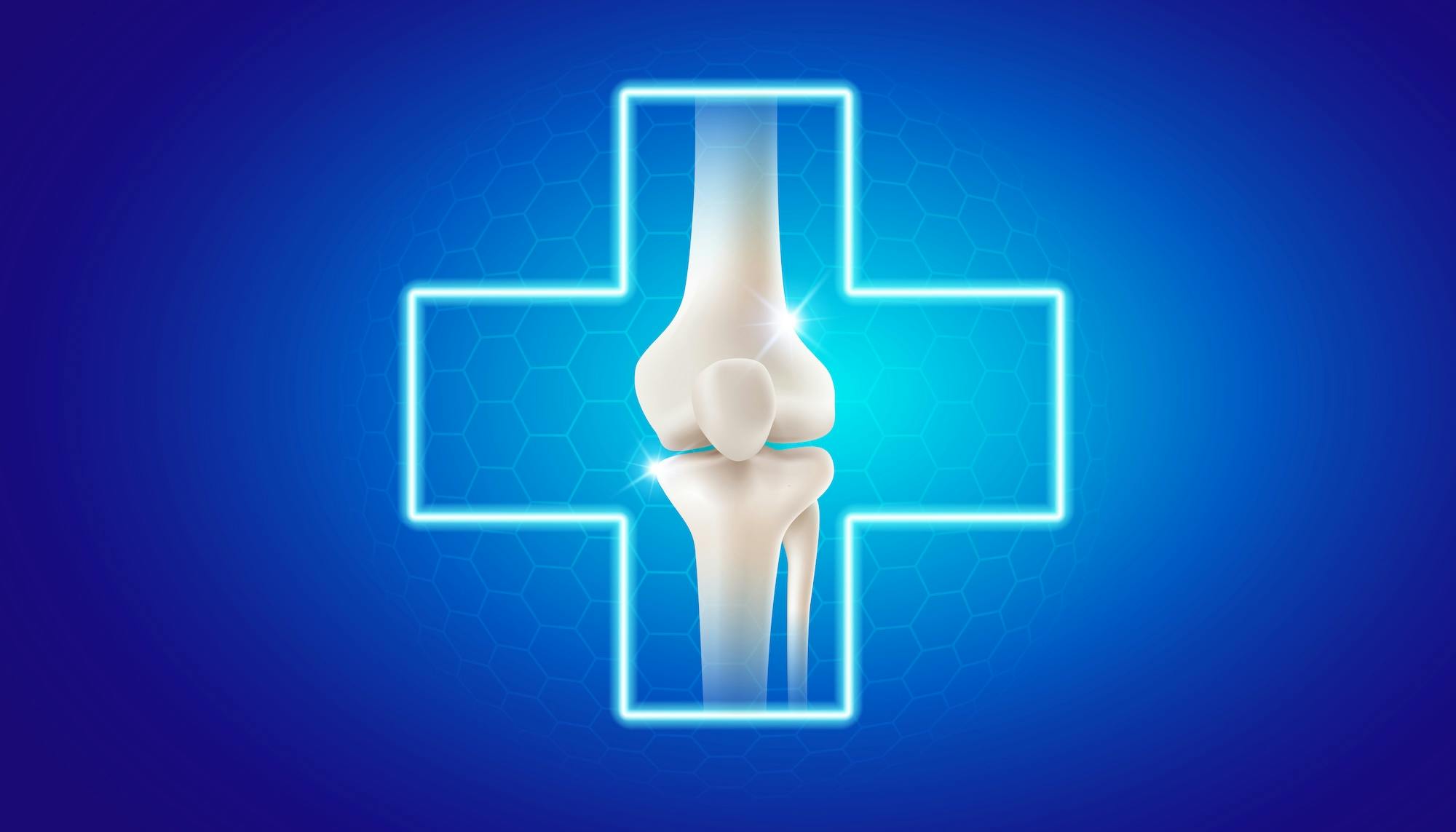- Blog
Running: The 5 Most Common Injuries
Posted on 04-16-2025 in Running by Dr. Erik Nilssen

Posted on 04-16-2025 in Running by Dr. Erik Nilssen
There are many benefits to those who make running a regular part of their lives. Running provides an outlet for stress, and it helps runners to lose weight and feel better about themselves. But while running can be rewarding, it can also be dangerous. A careless approach to running can lead to injury, negating all of those benefits that running provides. Here are the five most common injuries you’ll encounter as a runner, as well as some tips for avoiding these ailments.
Plantar Fascitis
While Plantar Fascitis afflicts people of all shapes and sizes, it’s an injury that’s commonly associated with running. Plantar Fascitis is frequently caused by feet that aren’t strong enough to handle the frequent pounding of running, although subpar footwear and overtraining can also play a factor. The injury affects the heel area, making it excruciatingly difficult to walk.
The best way to avoid this injury over the long term is to strengthen your feet by performing stretching exercises. For short-term relief, orthotics and shoe inserts can help you to alleviate your suffering.
Runner’s Knee
Like Plantar Fascitis, runner’s knee isn’t unique to running. But it’s a common injury that many runners must deal with. Runner’s Knee is caused by inflammation in the knee, which is a result of knee tissue being unable to quickly heal itself. Unignorable knee pain is the most obvious sign of Runner’s Knee, although difficulty going down stairs and stiffness when the knee is bent for a long time are also signs of this ailment.
Runner’s knee is frequently caused by overuse, so taking a break from running is the best way to silence knee pain. Over the long haul, runner’s knee can be avoided by strengthening your knees and running with proper form.
Shin Splints
There’s no way to sugarcoat it – Shin Splints hurt. A lot. The most common definition of Shin Splints is a small fracture in the shin bone, which causes tremendous pressure and pain any time a step is taken. The most common cause for Shin Splints is overuse, particularly when increasing your distance or the number of days you run in a week.
Rest and stretching are the best ways to cure shin splints after they occur. But the best way to beat Shin Splints is to avoid it altogether. Be sure to build your distance and endurance slowly, and make sure your running shoes have some tread left in them.
Achilles Tendonitis
As the name suggests, Achilles Tendonitis is an injury that attacks the calf and heel area. The injury is typically caused by overuse, with tight calf muscles and worn-down running shoes also playing a role. Achilles Tendonitis is a tricky injury because of the distance between the Achilles Tendon and your heart, which makes recovery a rather lengthy process.
Beating Achilles Tendonitis requires rest, but strong calves will be less susceptible to this ailment. Stretching the calf muscles and strengthening your lower legs will help you to steer clear of Achilles tendonitis.
Tibialis Posterior Tendonitis
Similar to Achilles tendonitis, Tibialis Posterior Tendonitis affects the lower leg. But Tibialis Posterior Tendonitis affects the entire lower leg from the knee to the ankle and foot, making this a significantly more dangerous injury. It exerts most of its damage on the foot, especially the middle area, which feels pressure as you put weight on your toes. A tell-tale sign of Tibialis Posterior Tendonitis is the inability to rotate your foot inward or outward.
Tibialis Posterior Tendonitis is generally caused by overuse. However, it’s mainly a result of the tibialis posterior tendon degenerating, as opposed to mere inflammation. Ice and stretching will help you to quell this ailment for the short term, while massages and even surgery may be necessary in more advanced cases.
Running is a healthy and rewarding activity, but it poses risks to those who don’t learn how to avoid common injuries. To learn more about preventing common running injuries, read these tips from Dr. Nilssen.

March is National Nutrition Month®, and as part of the conversation, the North Florida Bone & Joint team wants to emphasize the impact diet can have on your bone health. Before diving in, it's essential to understand the role the skeleton plays in your body. Specifically, the skeleton—and the bones its comprised of—serve the following functions:

At North Florida Bone & Joint Specialists, we’re committed to delivering convenient, expert care throughout the Gulf Coast. As part of that commitment, we’re excited to announce the expansion of our clinical office footprint. In March, we opened two new locations in Milton and Navarre, FL, further enhancing our ability to serve patients across Northwest Florida.

Valentine’s Day is all about love—so why not show your joints some love, too? Whether you’re an athlete, an active adult, or simply looking to maintain mobility as you age, taking care of your joints is essential for long-term health and well-being. At North Florida Bone & Joint Specialists, we believe that self-care isn’t just about relaxation—it’s about making intentional choices to keep your body strong, pain-free, and resilient. Here are four self-care tips to keep your joints healthy and moving with ease: